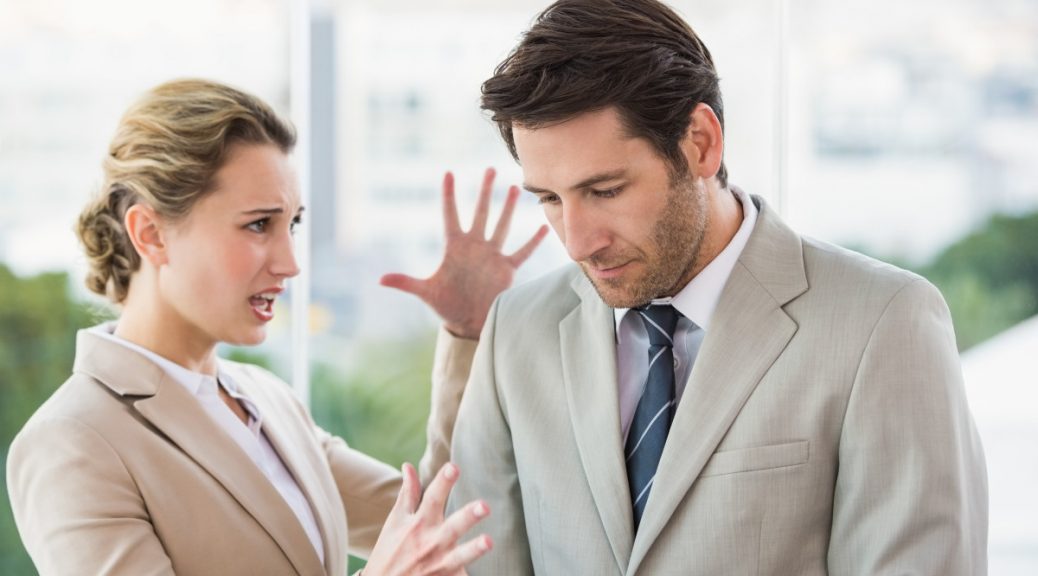We all know that the Florida economy is steaming ahead and your best candidates are definitely working for another employer. How can you recruit them? The good news is that when there’s a job you need to fill, it’s likely the right candidate is on social media right now. Even if they are not looking for a new job, your social media activity might interest them in your opening. If your company does not use social media, you are likely missing out on some fantastic job candidates – regardless of industry. So, it’s time to double down on your efforts, think creatively and take action to attract and retain employees on relevant social media platforms. It’s a great way to engage with candidates and to show off your company culture. It was reported somewhere that more than half of resumes originate from social referrals. So, here are 6 steps to start using social media recruiting at your small business.
Step 1 – Google your business (and key employees). What comes up? When people are looking for new jobs they will likely investigate your company before submitting an application or resume. Check out your online footprint and encourage your key employees to have a current and professional LinkedIn profile.
Step 2 – Get your company online. It is critical to create and maintain up-to-date company profiles on the Big 5 platforms for online recruiting: Facebook, Twitter, LinkedIn, Instagram and Google+. Occasionally post an interesting article, press release, employee news or a company picture. A great profile for your company is essential as well as this is your “face” to potential candidates. Show your company culture through the information you chose to post. LinkedIn uses your description text to help people find you and Google uses text from LinkedIn pages to decide where they’ll show in search results. Fill out your description fully, using keywords so your company can get found on LinkedIn. Don’t forget images for your LinkedIn page.
Step 3 – Build your online reputation. For instance, if your company uses Indeed, the largest job posting aggregator, for job postings – check out your Company’s Indeed comments. Seek to obtain online feedback, reviews and comments from customers, employees and applicants. Places like Google, Yelp, Bing, Angie’s List can be excellent locations for driving attention to your website. Regularly ask for customer ratings and feedback.
Step 4 – Post your openings and get your employees involved. When you post your positions on various social media sites, direct them to your website or the official job listings. Encourage employees to share cool company content in order to showcase why your company is a good place to work. For instance, are you starting a new project, landed a new client, announcing a cool employee reward or incentive, fun employee outing? Also, ask employees to share your new job openings with their friends and connections. Connect your referral incentive program so that social media referrals also qualify for the referral bonus.
Step 5 – Locate, reach out and connect with potential candidates using Linkedin. Use filtering to identify qualified candidates and then send a personal message to the candidate and mention a factoid from their profile that interested you, and why they might be a good fit for your company. Check and see if they have their “I’m interested” in recruitment flag on their profile. If not interested right away, always ask if they know someone that might be a good fit for the position. Keep building your connections and rapport.
Step 6 – Use hashtags across social media. Well written hashtags will help qualified candidates find your messaging. Develop a recruiting or job opening hashtag. For instance – #job, #jobs, #jobsearch, #careers or #jobopening. Or use specific career hashtags such as #engineers #craneoperator #projectmanager #cpas. Then add a location hashtag #tampa #stpete #orlando. For example: add the following: #jobopening #juniorengineer #tampa
Send us your small business social media success stories to [email protected] or other suggested techniques for using social media to recruit effectively.








